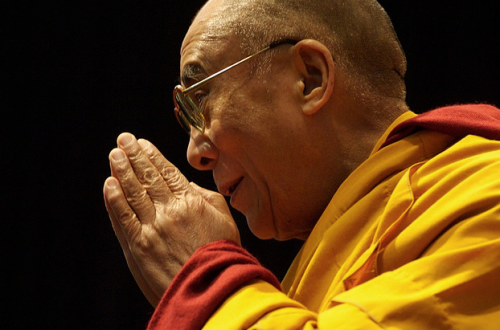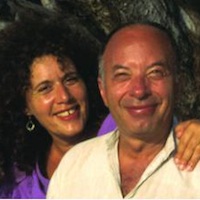We watched as an eager young television reporter from CNN asked the Nobel Peace Prize laureate the Dalai Lama what was the first thing he thought of when he awoke in the morning.
We thought that this revered teacher and probably the world’s most well known meditator would say something deeply profound or insightful, something along the lines of vowing to save the world from its own ignorance, or what he would do to save the Tibetan people from the Chinese occupation. Instead he simply replied, “Shaping motivation.”
He added that he needs to stay vigilant so that his intentions are focused in a positive direction, and how shaping his motivation on a daily basis constantly reminds him to extend loving kindness and compassion to all others, including the Chinese. We were somewhat surprised that even the Dalai Lama, one of the kindest people we have ever met, actually needs to be reminded to extend loving kindness and compassion to others!
Those interesting two words – shaping motivation – immediately resonated, as they apply both to our personal actions and communication as much as to our more lofty intentions. Motivation guides our behavior and determines whether our intent is arising out of selfishness or selflessness.
Obviously, there are those whose incentives for their behavior is that of greed, hatred, power, or anger.
In order to determine what is driving our own hidden agendas, we can ask: Are we being motivated by kindness, forgiveness and generosity, or judgment, blame and grasping? Are we making someone else seem wrong in order for us to appear right? Are we ignoring or dismissing someone, or are we genuinely concerned
“By and large, the mind always looks out critically and interferes with what is external to it, but rarely bothers about the mind itself; we check on what’s going on outside but we also need to check within,” writes the Dalai Lama in the foreword to our book, Be The Change. “In doing so, can make an effort to restrain the way our thoughts follow memories of the past or speculations about the future. We need to find the space between such thoughts, which, like the water deep in the ocean, remains clear and undisturbed even though there may be waves on the surface.”
As we sat with him at his residence in Dharamsala, India, the Dalai Lama held our hands tightly, and made us feel as if we were his dearest friends. He shared how he manifests his motivation, such as through talking with and listening to people from all different cultures and religions. This is his way of breaking down barriers and differences, as he sees all people as connected and equally important.
We had experienced this ourselves when we were on the veranda of his residence, waiting to meet with him. It overlooked the vast Himalayan mountain range, glorious in the early morning sun. As the Dalai Lama came to greet us we immediately began to prostrate, as this is the traditional way of greeting a high Lama. But he made us both stand, saying, “No, no, we are all equal here.” And he sincerely meant it: we are all one and the same, any differences are really only superficial. At that moment Ed realized that all people, no matter if they are the Head of State or a beggar on the street, are equal. We are all human beings and all deserving of love.
Photo by Ferne Millen: www.flickr.com/photos/musicphoto/736535619/












Read 8 comments and reply